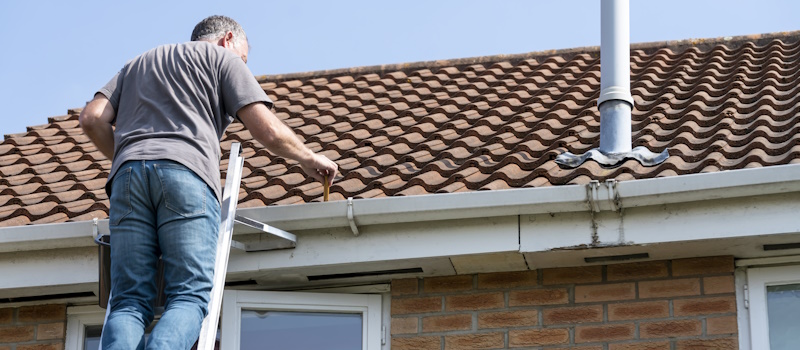Wildfire Preparation for Home
Wildfire Preparation for Home

Wildfire Preparation for Home
Wildfires can erupt with little warning and spread rapidly, posing significant threats to communities and homes. You may only have a little time to prepare if one threatens your house, so preparing your home beforehand is essential. Here's what you might do to prepare your home for a wildfire better.
Create a Defensible Space
Protecting your home against wildfire involves more than prepping just the house itself. It would be best if you prepped the whole area around your house. You can think of the area in three zones:
- Immediate Zone (0-5 feet from the house): Most of the measures in this zone are focused on the house itself and are better detailed below. Make sure not to have any vegetation within 5 feet of the house, though.
- Intermediate Zone (5-30 feet from the house): Make this area utterly devoid of easily flammable vegetation. Choose fire-resistant plants, use non-combustible mulch, and ensure trees and shrubs are pruned and spaced out.
- Extended Zone (30-100 feet from home): Make this area less likely to spread fire rapidly. Reduce the density of tall plants and trees here and keep gaps between them to lessen the risk of fire hopping from one to another. Also, we need constant ground cover in this area.
These generally consider secondary structures, such as sheds and fences, that could allow fire to get close to your house.
Your property line may be within 100 feet of your house and 30 feet on the sides. Do what you can with your property's landscaping.)
Get Your House Itself Ready
Hopefully, your house is constructed to resist wildfires. Fences generally should be built from non-flammable materials, siding should be ignition resistant, and roofs should be constructed with Class-A fire-rated materials.
These aren't necessarily changes you can make, but they help you understand how well your house can resist fire. They also are things to consider if purchasing a property.
Regardless of how your home is constructed, there are additional steps you can take. For example:
- Clean the Roof and Gutters: Don't let leaves, twigs, and other debris collect on the roof, near a chimney, or in gutters.
- Use Protective Screens: Installing protective metal screens around the foundation and any vents helps block embers.
- Create an Emergency Water Supply: Consider setting up a rain barrel or similar water storage system.
- Have Long Hoses: Ensure you have enough hoses to reach a reasonable distance from your house (e.g., 100 feet for the edge of the extended zone).
- Store Flammable Items: Keep flammable items away from your house if possible. Please don't leave them under a combustible and exposed structure, such as a wood deck or carport.
- Protect Documents: If your house becomes enflamed, keep essential documents in a fireproof box.
Insure Your House
If you live in a region where wildfires are common, ensure your homeowner's insurance covers wildfire damage to the house and other structures. This usually falls under dwelling coverage and secondary structures coverage, but it's essential to check a policy's specific terms for these protections.
Contact one of our insurance agents to review a policy's coverage terms and ensure your home is adequately insured against wildfire damage.
